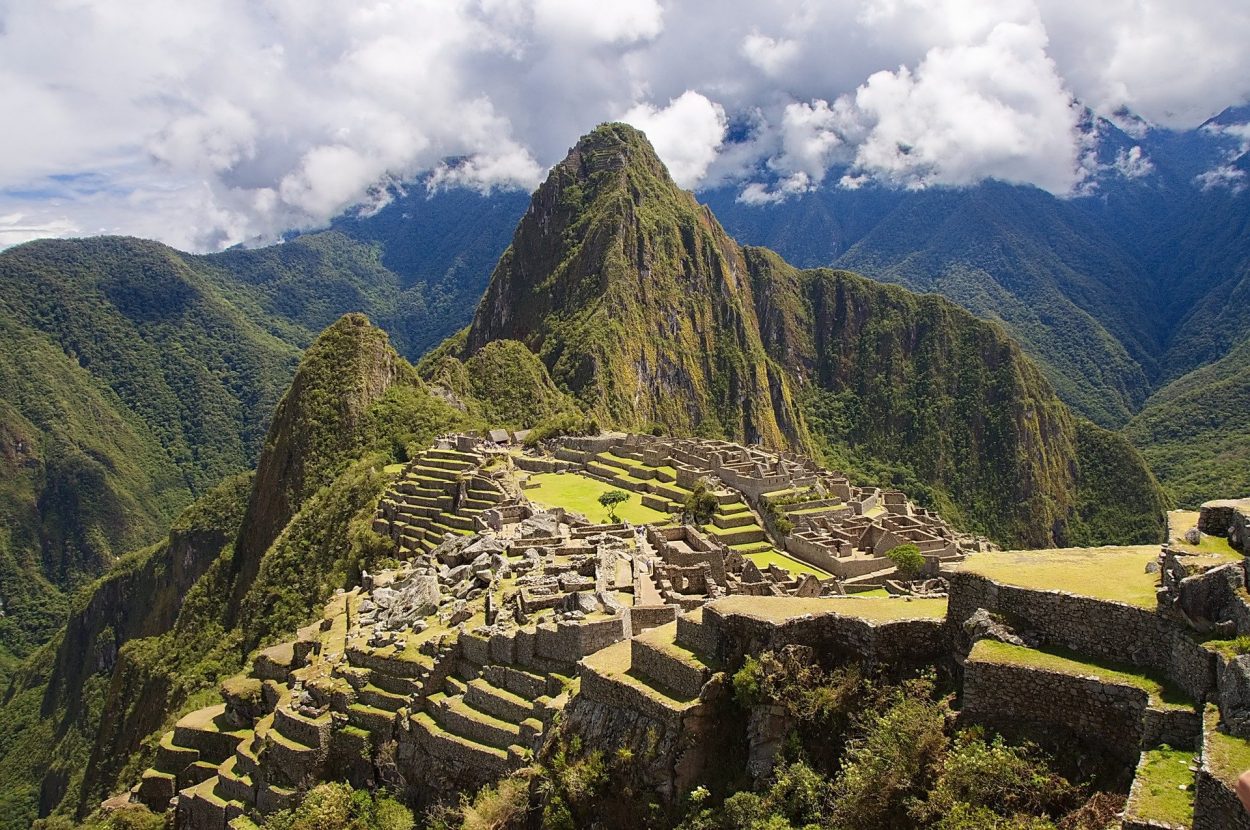Archaeologists have used advanced radio-carbon dating on the historic Inca site of Machu Picchu, revealing that the site was founded earlier than previously thought.
Machu Picchu was an Inca citadel, built as an estate for the Inca emperor Pachacuti Inca Yupanqui near the Sacred Valley, located in the present-day Urubamba Province of Peru.
Historical records suggest that Pachacuti rose to power in AD 1438, and proceeded to conquer the surrounding regions around the Kingdom of Cusco which he transformed into the Inca Empire. As such, the consensus for the foundation of Machu Picchu was thought to be after AD 1440, perhaps as late as AD 1450.
Professor Richard Burger from Yale University said: “Machu Picchu is among the most famous archaeological sites in the world, but until now, estimates of its antiquity, and the length of its occupation were based on contradictory historical accounts written by Spaniards in the period following the Spanish conquest.”
To answer some of these contradictions, a multi-institutional team conducted accelerator mass spectrometry (AMS) to date 26 burials found at the three cemeteries in Machu Picchu. The quantity of burials was chosen to reflect the extent of the occupational history of the site.
AMS dating is an advanced form of radiocarbon dating that can date skeletons with only small amounts of organic material left, expanding the pool of remains that can be examined.
“This is the first study based on scientific evidence to provide an estimate for the founding of Machu Picchu and the length of its occupation,” said Professor Burger.
The AMS study revealed that Machu Picchu was occupied from AD 1420 to 1530 (the latter around the time the Spanish invaded the Inca Empire). This means that the site was in use over 20 years earlier than assumed, and indicates that Pachacuti ascended to the throne and began his conquests much earlier than accepted historical records indicate.
.
“The results suggest that the discussion of the development of the Inca empire based primarily on colonial records requires revision,” said Professor Burger, “modern radiocarbon methods provide a better foundation for understanding Inca chronology than the contradictory historical records.” Find out more
Header Image Credit – Public Domain







